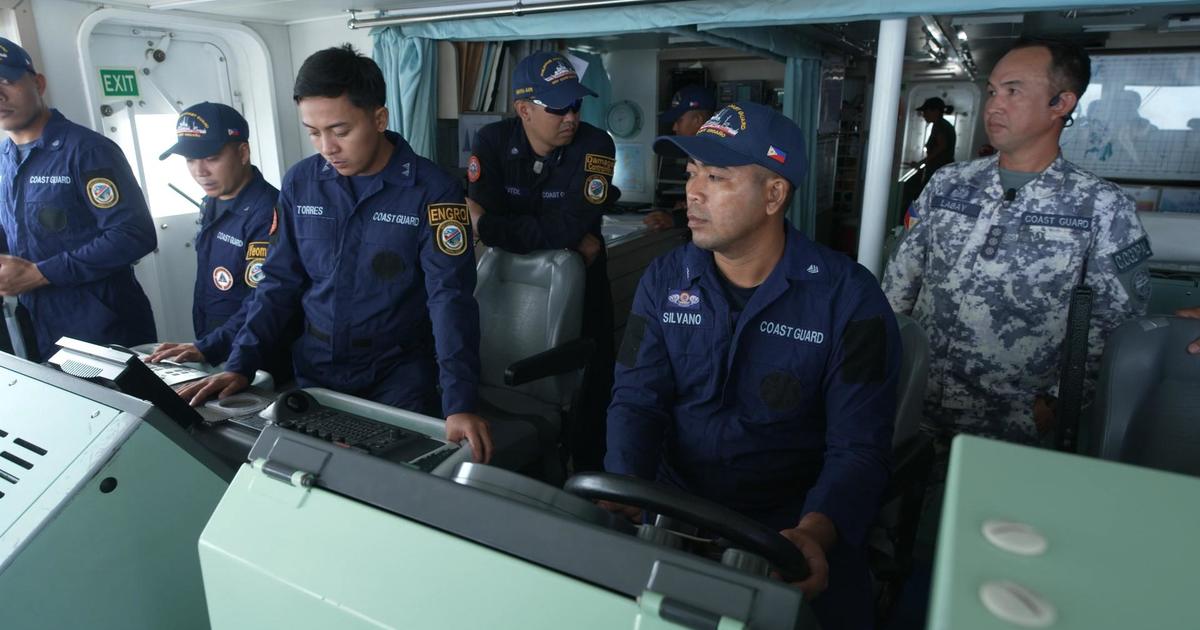- cross-posted to:
- world@lemmy.world
- cross-posted to:
- world@lemmy.world
An escalating series of clashes in the South China Sea between the Philippines and China could draw the U.S., which has a mutual defense treaty with the Philippines, into the conflict.
A 60 Minutes crew got a close look at the tense situation when traveling on a Philippine Coast Guard ship that was rammed by the Chinese Coast Guard.
China has repeatedly rammed Philippine ships and blasted them with water cannons over the last two years. There are ongoing conversations between Washington and Manila about which scenarios would trigger U.S. involvement, Philippine Secretary of National Defense Gilberto Teodoro said in an interview.
“I really don’t know the end state,” Teodoro said. “All I know is that we cannot let them get away with what they’re doing.”
China as “the proverbial schoolyard bully”
China claims sovereignty over almost all of the South China Sea, through which more than $3 trillion in goods flow annually. But in 2016, an international tribunal at the Hague ruled the Philippines has exclusive economic rights in a 200-mile zone that includes the area where the ship with the 60 Minutes team on board got rammed.
China does not recognize the international tribunal’s ruling.



I feel like at that point you might as well put a few cannons on the boat.
The purpose would be to make it so the act of ramming is what causes them damage. Sure, they could actively attack the Chinese vessels, but it’d be a lot easier to claim no fault if the Chinese ship runs into you and that causes it to be damaged/destroyed.
I think having some hollow tipped spikes under the water line that detach and leave an inlet pipe in the Chinese ship could be a good idea. Explosive charges could be another option, but at what point is that an active or passive effect?